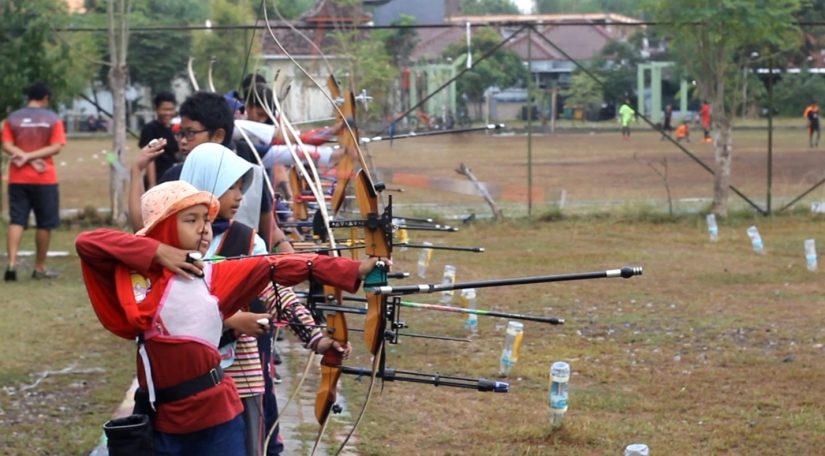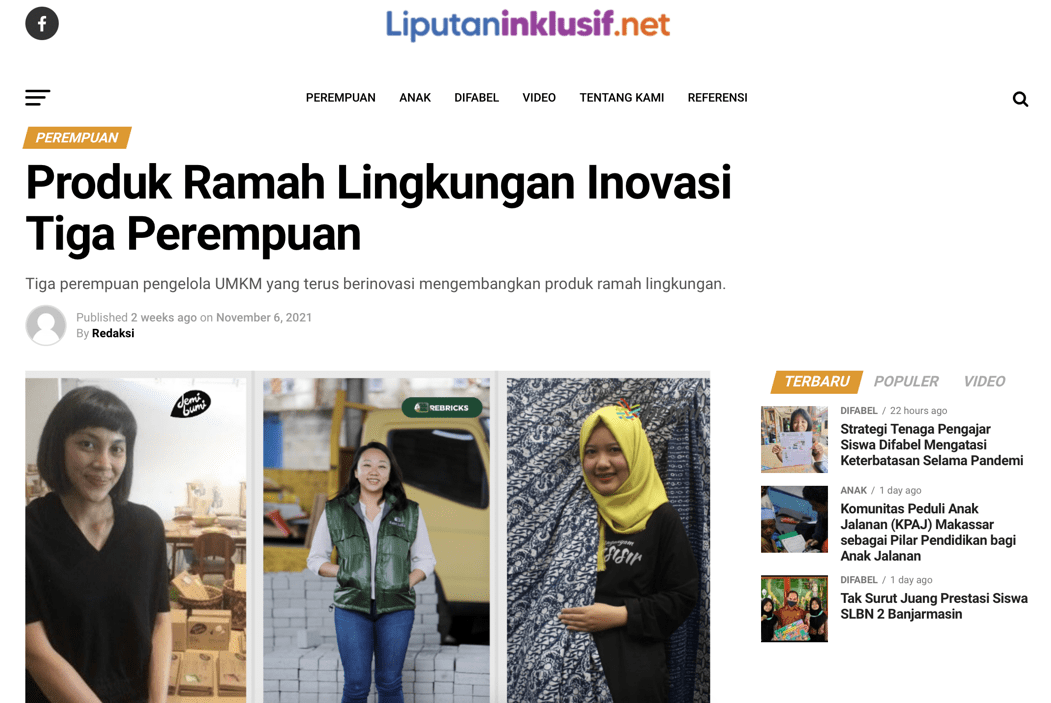
November 29th 2021─As aspiring professional journalists, 60 students of the Communication Studies Department from 15 universities in Indonesia joined the inclusive journalism training focused on the issue of women, children, and disabled people. The online training was held by the Department of Communication
“Women, children, and disabled people belong to a group that has been deeply impacted by the COVID-19 pandemic. However, they have not got sufficient media coverage. In this training, students will analyze the status quo to create an inclusive media coverage,” Novi Kurnia said (26/11), the coordinator of the “Advancing Inclusive Journalism Education in Indonesia: Lessons from the COVID-19 Pandemic” program.
Before the training, the program was opened with the creation of the “Inclusive Journalism: Coverage about Women, Children, and Disabled People during the Pandemic” module, in which the creation included a string of academicians, journalists, and experts of women, children, and disabled people.
Other than being used for the training, the module is also utilized for the teaching materials of journalism and communication lecturers that can be tailored into the curriculum in their respective university.

“We have sent the module to 15 lecturers in 15 partner universities of the program, starting from universities in Banda Aceh, Denpasar, Banjarmasin, Manado, to Kupang. For lecturers in other universities, you may download the module through the liputaninklusif.net website,” Novi Kurnia said, who is also a mentor in the training.
Rahayu, a lecturer in the UGM Communication Studies Department who is also a mentor in the training, said that this module includes theoretical knowledge and practical guides for students to create an inclusive multimedia coverage.”
“This module also includes coverages in Indonesia that should not be seen as proper examples to base one’s inclusive journalism upon. Therefore, both the students and lecturers can be helped, so that aspiring journalists can be more prepared in creating quality coverage,” Rahayu said.
Other team members from the Department of Communication Studies who were also involved in the creation of the module and the training were Engelbertus Wendratama, Zainuddin Muda Z. Monggilo, and Wisnu Prasetya Utomo.
The www.liputaninklusif.net is made specifically to show what the students have made during their training. Hopefully, the website can continue to be used by journalists who wants to publish quality coverage that promotes women, children, and disabled people not only as mere “objects” but also as “subjects”.

In the third training session which was done online (06/11), one of the participant with the name Nimas Safira Widhiast from Airlangga University, through her writing “Achieving During the Pandemic: Here Goes the Story of a PERPANI Madiun Kid” said that “Through this writing, I wanted to make the kid the subject of the story with the aim of motivating other kids to achieve more as well.”
In the closing and graduation ceremony (12/11). Whafir Pramesty, a participant with one of the best writing, thanked UNESCO and the Department of Communication Studies UGM where she is currently studying journalism.
On that occasion, Lintang Ratri, a lecturer of the Communication Studies in the Diponegoro University, said that the four students from the university who joined the training were very pleased with the whole event.
“They sent a WhatsApp message to me saying that they learned a lot from the training and that the mentors are very kind and patient. They also would like to have another training, offline, so it can be more intensive,” Lintang said.
As a way to appreciate the four students who were chosen as the best journalists, the training gave a financial benefit for them which amounts to 1 million rupiah.
